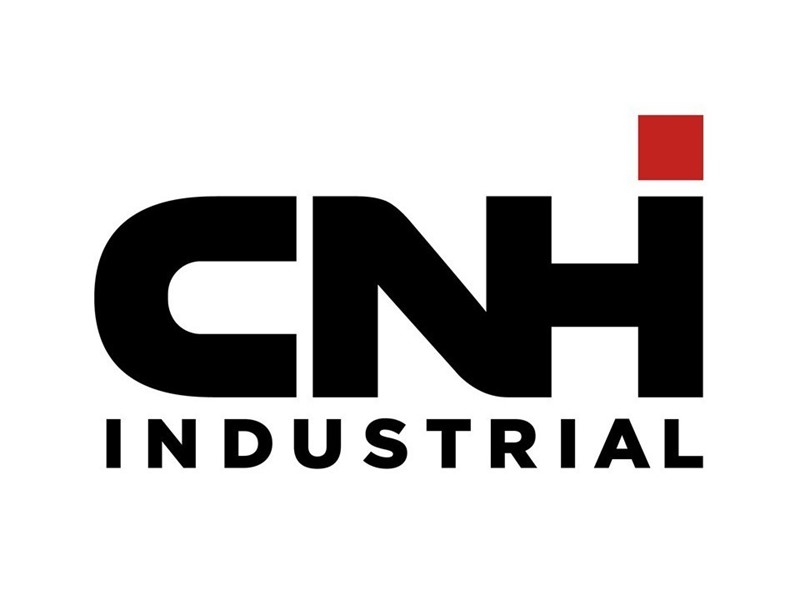Finding the Back Door: Succession Planning for Your Business
By Tom Shay
Perhaps you spent a long time deciding to get into the outdoor power equipment business. You may have worked for another dealer as a technician, salesperson or manager before starting to develop the plans for owning your own business.
Perhaps you purchased an existing business or started a power equipment dealership from the ground up. However you got into the business, you had to make a lot of decisions – which product lines you will sell and which you will service, the employees you will have, the accountant you use, and many more.
As you have owned your dealership, your success has depended on your ability to adapt so that you have “kept the doors open.” One thing that none of us can escape is when the time comes to get out of the business.
It may be because of age, health, another opportunity you want to pursue, or simply that you want out. You have multiple options of how you leave the business. Selling the business to an outside third party, selling to an employee, or selling to a family member are three of your options. Another option is to simply close the business.
However, if your business has been profitable throughout the years, closing the business is not a logical option. This is because a sizable part of the sale price to anyone is what is called “blue sky” or “goodwill.” While somewhat vague terms, both of these terms refer to the buyer paying you an amount that relates to the profitably over several years.
Closing the business means there will not be any blue sky or goodwill, nor will you get much for the fixtures, equipment, and all that you have done to make the business attractive to your customers. The dollar amount you are going to get for all the equipment you have for sale is going to be a concern, because you would be discounting merchandise until you get rid of all of it. This is not a good option for an ongoing and profitable business.
If we rule out that option, we should begin to consider the other three. Depending on which option you take, there are a variety of things to be addressed. In any of the three, we are looking to carefully go through the “back door” with as much attention and concern as you demonstrated when you came in the “front door” as an owner.
Owning a small business gives the owner many advantages. There are many deductions and expenses the business can have on behalf of the owner as compared to the individual being an employee for someone. For example, the business may have life insurance for the owner. The business can provide a mobile phone for the owner. When you travel for business, you can select how you travel, where you stay and what you eat, with the business covering these expenses. You can even decide how much the business pays you. There are other potential expenses the business can cover for the owner. These are items that you and your tax advisor should discuss.
With a good tax advisor, allowing the business to pick up these expenses for you will diminish your tax liability. Of course, this is also going to show a diminished net profit. And it is that net profit that the majority of the goodwill or blue sky is based on.
A potential buyer is going to ask to see several years of the tax return of the business – hence the decision to sell the business should be made several years before the business is on the market for sale. Again, you and your tax advisor should be deciding how this is going to be handled.
The two other options we discussed were selling the business to an employee or a family member. This type of sale requires you to decide what is fair to the employee or family member, and what is fair to you. And with that consideration, we would want to look at the family member from two perspectives: a family member who has been a part of the business (active) and a family member that has not been a part of the business (inactive).
With the active family member and employee, both of these individuals have been working to make the business more profitable. If you announce to either of these individuals that you are going to sell in five years, you are asking them to work against themselves for that time period. Making the business worth more means they are going to pay more for the business.
An alternative we would suggest is that an agreement be made with the prospective buyer. The first part of the agreement is that they receive no incentive unless they remain active in the business for the years before their purchase, and they do have to purchase the business.
The second part is that you do a valuation of the business at the time of your agreement with them. For example, you decide the agreement begins in January 2020 and the purchase date will be December 31, 2024. The business is valued on January 1, 2020 and then again on December 31, 2024. The person buying the business receives as a non-cash credit against the selling price, a predetermined percentage of the increase in value.
Of course, how the business is going to be valued, what percentage of the selling price is to be paid in cash as a down payment, and the terms of the payment for the business should be spelled out at the beginning of the agreement. It is also appropriate for you to establish certain dates within this time period at which your prospective buyer has to demonstrate to you how much of the down payment money they have raised. You definitely do not want to get to the end of the agreement and suddenly find out that this person has not raised any of the funds.
When selling to a family member, although you may want to give this individual a favorable deal, the IRS is definitely going to be a consideration as you determine the amount. Simply said, you cannot give a business, in part or in whole, to someone with one of the parties having a tax liability.
Speaking of the IRS, you should be asking your tax advisor what experience they have with ownership transition. Because there can be a sizable tax liability, you should consider getting a second opinion from another tax advisor before you make your decision.
Another consideration is that of the money that will be changing hands. Be prepared for the possibility of the buyer not handing you a check for the full amount of the agreed-upon price for the business. For example, an individual has $250,000 to purchase a dealership. That money is for inventory, fixtures, equipment, purchasing the existing lease, goodwill or blue sky, and any other reasons you can think of why someone should pay you more money for the assets of your business. Consider the annual revenue amount of the business that $250,000 is going to buy. Think also about how much the new owner will be able to take from the business in salary. The business also has to produce a payment to the owner for that $250,000 investment.
Now think about the business where $250,000 is the down payment. The person buying the business may look to a bank for a loan, but they will also look at the person selling the business and what their interest rate will be.
This is likely not the only business they are looking to purchase. If the $250,000 represents a down payment of 25 percent, then this is a business with $1 million in assets they are purchasing. This business will likely be doing a sizable multiplier in annual volume over our first business. It will pay the buyer a larger salary, as well as likely having a better cash flow to be able to pay off that loan.
Selling a business is not as easy as getting up one morning and deciding to sell it. You spent a lot of time determining how to get the business open and get more money flowing through that front door. Now you need to spend a considerable amount of time determining how you are going to find, and go through, the back door.
Tom Shay of Profits Plus Solutions, Inc., is the fourth generation of his family to have owned a power equipment dealership. In addition to this column, he has written 12 books on business management, a book on vendor/dealer relations, and a college textbook on small business financials and business planning. He frequently speaks at trade shows and conferences for manufacturers and wholesalers. For more information, visit www.profitsplus.org.



